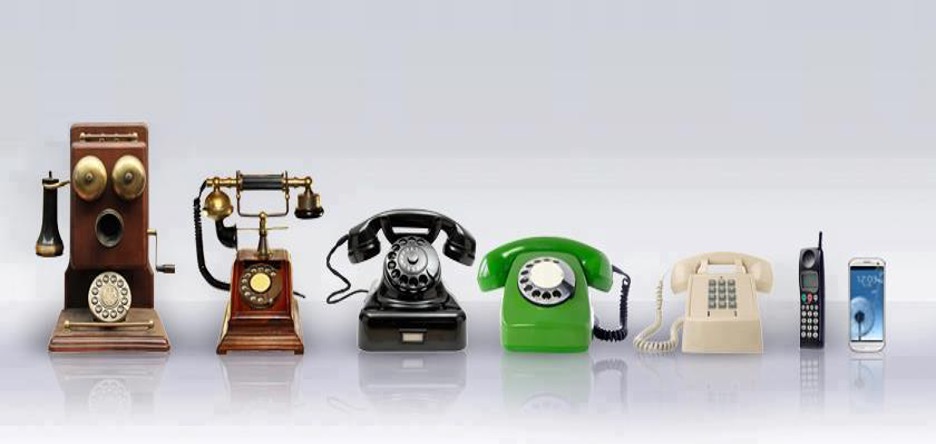Learning Blast: Envision Multiple Solutions
Engineers tackle open-ended problems that rarely have one unique solution. Instead, engineers creatively generate a variety of ways they might approach or address the problem—envisioning multiple solutions an important part of their work. During brainstorming, engineers engage in out-of-the-box thinking to foster the flow of innovative ideas. Rapid generation of many diverse ideas results in a wealth of possibilities. Oftentimes new ideas are sparked from existing ideas. Combining ideas can generate novel approaches.
As you watch the video, think about:
- How does the engineer describe the engineering design process?
- How does he help you make connections to their own lives?
Watch the video:
Share what you noticed:
- What was the most interesting thing you noticed in the video?
- How is the learning experience different when you don’t know what the right answer is versus when you have clear steps to follow?
- What understanding do you think the children have of engineering after this experience?
What we know:
It is not always easy to think innovatively or brainstorm and analyze multiple solutions. In engineering, the brainstorming process is strengthened by intentionally assembling teams that bring diverse strengths, perspectives, and experiences to solving a problem.
Once an array of possibilities exists, engineers weigh the criteria and constraints and consider the context and needs of the client. This helps engineering teams select the best elements they will include in the approaches they will test and iterate.
Even when an engineering team produces a design, it is not the only or “final” design. Other groups (in other companies) may engineer different solutions. For example, consumers have a choice about which phone or fertilizer best meets their needs. Over time, designs can evolve. As new materials and ways of thinking develop, solutions are re-imagined and improved. Most technologies have a history.
Today’s smart phone came from the flip phone, from the portable phone, from the rotary phone from the candlestick phone. Constantly envisioning a next generation of possibilities is what engineers do.
What you know:
As they engineer, youth experience open-ended problems that allow for an array of solutions. Diverse solutions should be encouraged, shared, and celebrated. Generating original solutions can help youth develop agency for and ownership of their designs and investment in the performance of their technology.
When they are developing designs that are unique, youth need to plan next steps for their project on their own—they cannot turn to other groups or an educator for the answer. Youth will often devote hours to creating and improving technologies—designing and redesigning them. This results in stronger solutions and deeper thinking. Design challenges with many different solutions foster creativity, problem solving, and innovative thinking.
Key-Take-Away:
Developing original solutions to real world problems can empower youth and help them develop self-efficacy. Allow time for creating and improving their ideas. Encourage ownership of their designs.
Reflection:
- What do you enjoy most about this process?
- What activities in your program support divergent thinking and problem solving?
- Many of the activities we regularly use do not allow time for learners to envision multiple solutions or to create and improve their ideas. How can you transform what you are doing to support developing an engineering mindset?
Developed in collaboration with Christine M. Cunningham. These practices are also more fully described in educational research articles, such as Cunningham & Kelly (2017).





